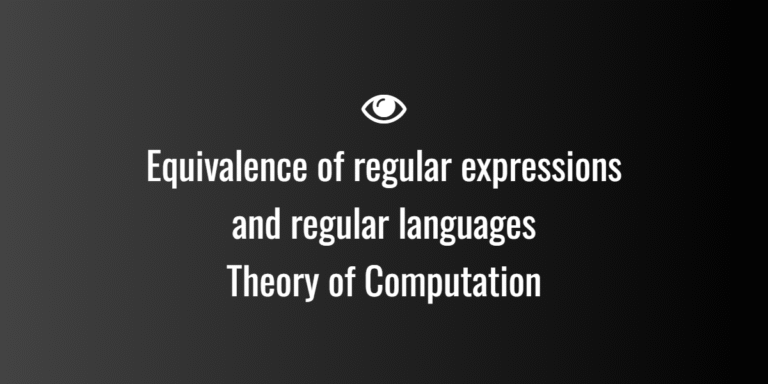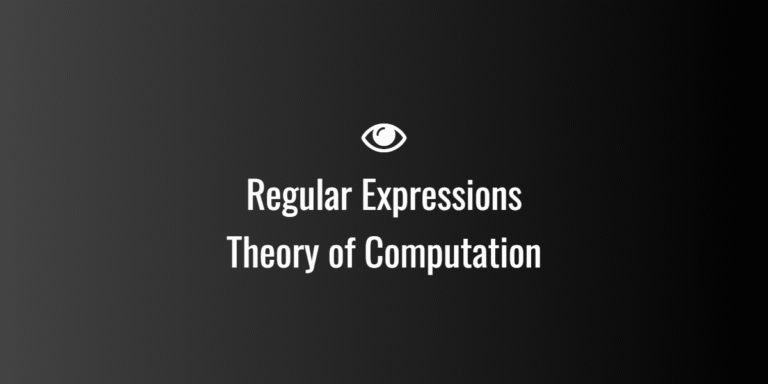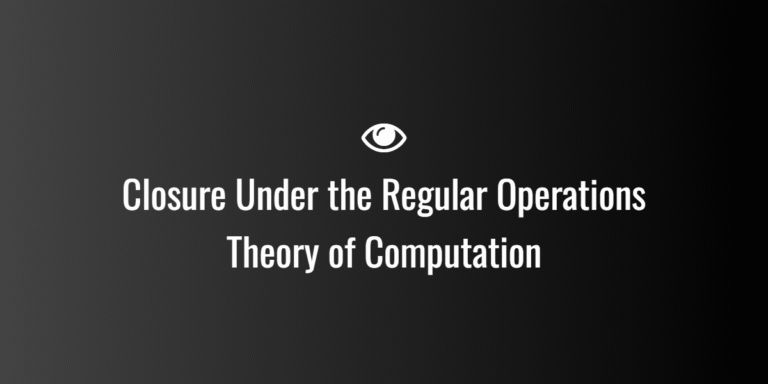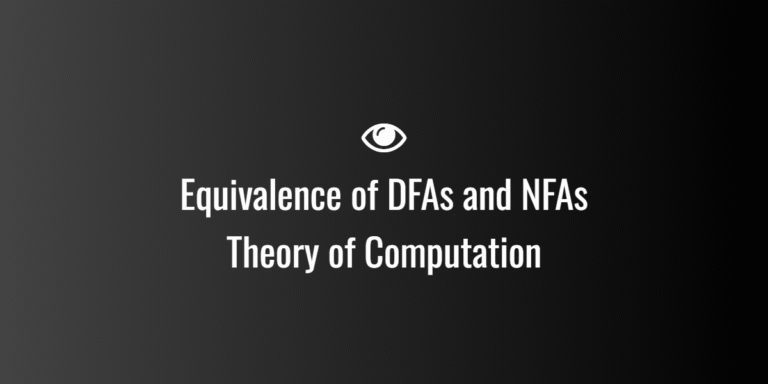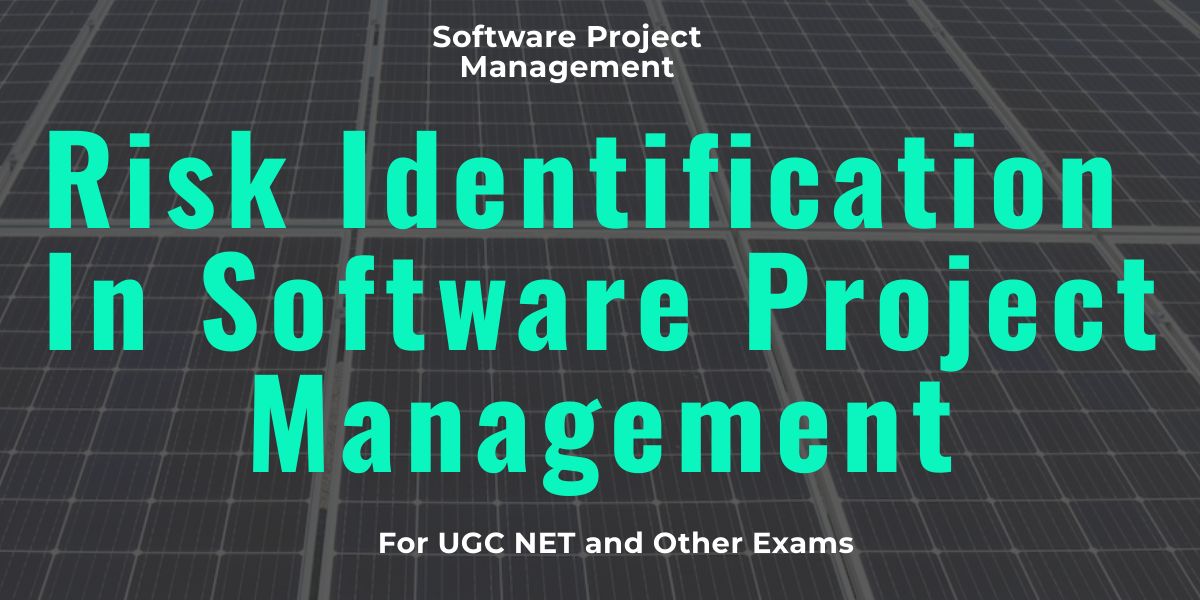
Risk Identification
What is Risk Identification?
Risk identification is the process of recognizing and documenting potential risks that could affect a project’s objectives. It is the first step in project risk management, helping project managers understand what could go wrong and how it could impact the project’s cost, schedule, scope, or quality.
🔹 Key Objective: Identify all possible risks early in the project lifecycle to enable better risk management, mitigation, and response planning.
Why is Risk Identification Important?
- Proactive Approach: Helps teams anticipate potential problems and plan solutions before issues arise.
- Improves Decision Making: Provides clarity and ensures project plans account for both known and unknown risks.
- Minimizes Surprises: Allows project managers to focus on resolving risks rather than reacting to unforeseen problems.
- Better Resource Allocation: Helps allocate resources for risk mitigation, ensuring high-priority risks are addressed.
- Stakeholder Confidence: Involves stakeholders early in the process, showing them that risks are being actively managed.
Steps in Risk Identification
1. Define the Project Scope and Objectives
Before identifying risks, ensure that the project’s scope, goals, and objectives are clearly defined. This helps in identifying contextual risks specific to your project.
📌 Example:
For a software development project, defining the goal as “create a mobile app for e-commerce” provides clarity, making it easier to identify risks related to technology, resources, or timelines.
2. Involve Key Stakeholders
Engage the project team, stakeholders, and subject-matter experts (SMEs) during the risk identification process. Diverse perspectives from people with experience and knowledge in different aspects of the project can help uncover potential risks.
📌 Stakeholders to involve:
- Project manager
- Development team members
- Business analysts
- End-users or customers
- Suppliers or vendors
- Any external consultants
3. Use Risk Identification Techniques
There are several techniques available to identify risks, each offering a different way to approach the problem. Some of the most commonly used methods include:
1. Brainstorming
- Brainstorming is a group activity where the team members generate a wide range of potential risks without judgment or filtering. This encourages creative thinking and can uncover unexpected risks.
- The process should be structured by focusing on different aspects of the project (e.g., schedule, cost, technology) and capturing all ideas.
📌 Example:
During a brainstorming session for a construction project, the team might identify risks such as:
- Weather-related delays.
- Supplier issues.
- Labor shortages.
- Safety hazards on-site.
2. Expert Judgment
- Expert judgment involves consulting with individuals who have expertise in relevant areas (e.g., technical experts, business analysts, or subject-matter experts) to identify risks based on their experience with similar projects.
📌 Example:
A senior software developer might identify potential risks around integration issues when building complex systems due to previous experience.
3. SWOT Analysis (Strengths, Weaknesses, Opportunities, Threats)
- SWOT analysis helps identify internal and external factors that could affect the project. The focus is on analyzing the project’s strengths and weaknesses, as well as the opportunities and threats from external forces.
📌 Example:
- Strength: Experienced team.
- Weakness: Limited budget.
- Opportunity: New technology could streamline processes.
- Threat: Competitors in the market launching a similar product.
4. Checklists
- Risk checklists use past project data and industry standards to help identify known risks that may arise during a project. These lists are pre-developed and based on historical data from similar projects or industry best practices.
📌 Example:
For an IT project, a checklist might include risks like:
- Data security breaches.
- Software bugs.
- Vendor contract issues.
- Regulatory compliance.
5. Delphi Technique
- The Delphi Technique involves a panel of experts who independently identify risks and then anonymously share their opinions. Afterward, the experts discuss the results, refine their assessments, and identify any remaining uncertainties.
📌 Example:
In a large construction project, experts may be asked to identify environmental or regulatory risks. The Delphi Technique ensures consensus while allowing experts to express their views without peer influence.
6. Interviews and Surveys
- Conducting interviews with key stakeholders or using surveys to gather feedback about potential risks can help identify risks from those directly involved in or affected by the project.
📌 Example:
In a product development project, interviews with customers or end-users could reveal risks related to market acceptance or user preferences that the development team had not considered.
7. Assumption Analysis
- Assumption analysis helps identify risks arising from assumptions made during planning. When assumptions are incorrect, they often lead to project delays or failures.
📌 Example:
Assuming that a particular technology stack will scale effectively can be risky. Assumption analysis would help identify the possibility of this assumption being false.
8. Risk Breakdown Structure (RBS)
- An RBS is a hierarchical decomposition of project risks, helping categorize them based on different levels (e.g., external risks, technical risks, organizational risks). It provides a systematic approach to identifying risks across all project aspects.
📌 Example:
For an IT project, the RBS could break down risks into:
- External Risks: Legal, environmental, market-related.
- Technical Risks: System integration, hardware, software bugs.
- Organizational Risks: Team skills, resource availability.
Documenting Identified Risks: The Risk Register
Once risks are identified, they should be documented in a Risk Register. The Risk Register is a central repository that records all identified risks, along with their assessment and response strategies. It typically includes the following information:
- Risk Description: A detailed description of the risk.
- Risk Category: The type of risk (e.g., technical, external, financial).
- Likelihood: The probability of the risk occurring.
- Impact: The potential consequences of the risk.
- Risk Owner: The person responsible for managing the risk.
- Response Strategy: How the risk will be handled (e.g., mitigate, accept, transfer).
- Status: Current status of the risk (e.g., active, resolved).
📌 Risk Register Example:
| Risk Description | Likelihood | Impact | Risk Owner | Response Strategy | Status |
|---|---|---|---|---|---|
| Resource shortage | High | High | PM | Hire additional staff | Active |
| Vendor delay | Medium | High | Procurement | Use alternative vendors | Active |
| Regulatory change | Low | Medium | Legal | Monitor legislation | Resolved |
Common Risks in Projects
Here are some common categories of risks in various types of projects:
1. Project Scope Risks
- Scope creep or changes in the scope of the project.
- Misalignment between stakeholders on project goals and deliverables.
2. Schedule Risks
- Delays due to unforeseen obstacles.
- Over-optimistic timelines or resource constraints.
3. Cost Risks
- Budget overruns due to unexpected expenses.
- Changes in market conditions affecting cost estimates.
4. Technical Risks
- New or untested technologies failing.
- Integration issues with existing systems.
5. Resource Risks
- Unavailability of skilled personnel.
- Dependency on external suppliers or contractors.
6. External Risks
- Regulatory changes.
- Economic downturns or political instability.
Conclusion
Risk identification is the foundation of project risk management. By systematically identifying risks early in the project lifecycle, project managers can implement effective strategies to mitigate, avoid, or manage those risks. Proactive risk management leads to more predictable project outcomes and ensures better alignment with project goals and stakeholder expectations.
✅ Key Takeaways:
✔ Use multiple techniques to identify a broad range of potential risks.
✔ Involve stakeholders and experts in the process to capture diverse perspectives.
✔ Document risks in a Risk Register and track them throughout the project lifecycle.

